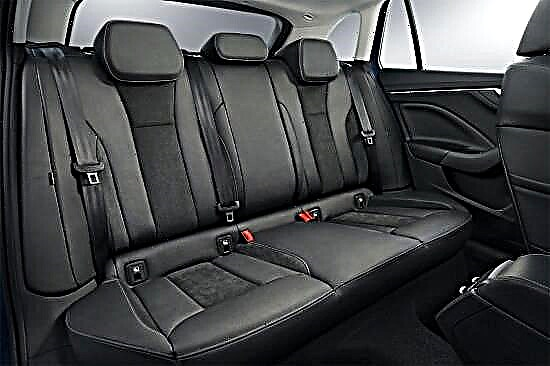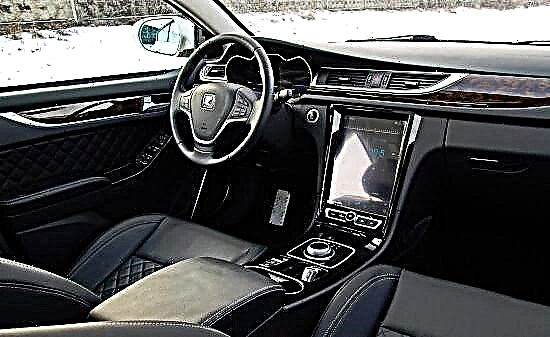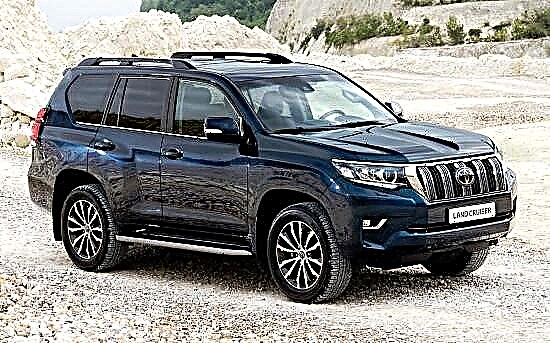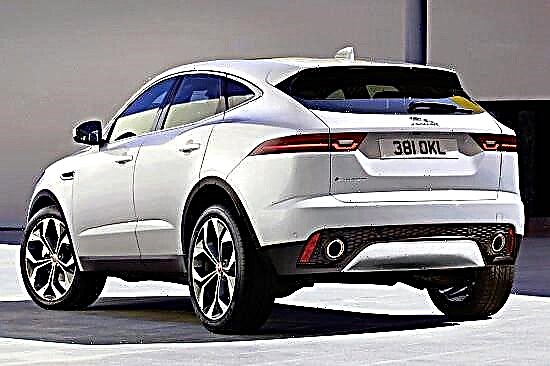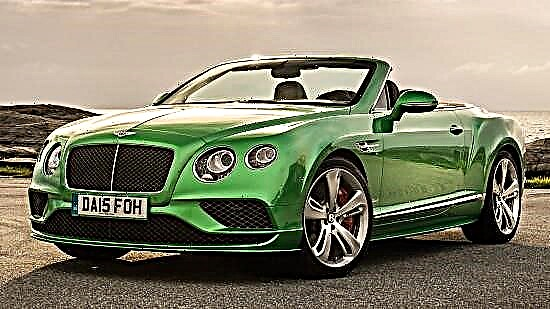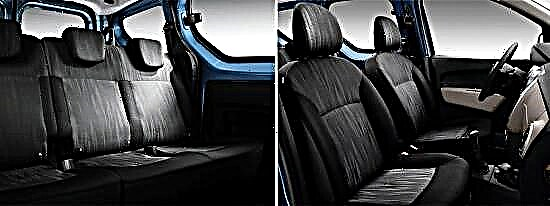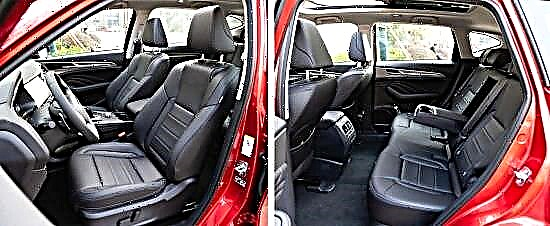In early March 2005, in the Argentine city of Buenos Aires, the official bridegroom of the new, seventh generation Toyota Hilux pickup took place. Despite the fact that the car was still based on the redrawn frame of its predecessor, its exterior and interior underwent a major update, and the increased dimensions allowed it to "step over" into the mid-size class.

On the conveyor, the "truck" is still holding, but in a noticeably modernized guise. The first restyling overtook the "Hilux" in 2008 - previously unavailable equipment and new rims of a larger dimension were added, on which the changes were limited.

A noticeably redesigned car appeared before the public in 2011 at the Frankfurt Auto Show - the pickup received a redesigned, more modern exterior design, a refined interior, new equipment and improved power plants. And finally, the most recent update took place in 2012, and it mainly affected the technical part (the 5-speed "automatic" was replaced by a 4-speed one, and the 3.0-liter diesel engine became more powerful).

The "seventh" Toyota Hilux has a powerful and invariably classic design that evokes extremely positive emotions, and even the presence of chrome elements on the body does not spoil the impression. The "front" part of the car, crowned with a large radiator grill and a muscular hood with a bumper, looks the most solid, but the feed looks too simple, largely due to insufficiently expressive lights.

By its outer dimensions of the body, the 7th generation Toyota Hilux already belongs to the class of mid-size pickups, and it is produced both with a double, and with a single and one-and-a-half cab (although the latter are not available on the Russian market).
The length of the car in the Double Cab modification is 5260 mm, width - 1760 mm, height - 1860 mm. The axles are spaced 3085 mm apart, and the minimum ground clearance is 212-222 mm.

Inside the 7th generation Toyota Hilux, everything is subordinated to functionality and practicality, and the interior design can be described in such words - simple, masculine, strong. Directly in front of the driver is a four-spoke steering wheel, in expensive versions, supplemented by several control buttons, and an optitronic instrument cluster with a small monochrome display. The center console is distinguished by well-thought-out ergonomics - a 6.1-inch display of the multimedia center and a "climate" control unit (air conditioning or full-fledged climate control), below which are located the buttons for auxiliary systems.
Finishing materials are universally simple and tough, but well assembled. The "top" trim levels on the steering wheel, gearshift lever and seats have solid leather. The front seats are comfortable, the profile is well developed, although they have a minimum of adjustments. The second row is relatively spacious, with at least enough space for three adult passengers.
The main feature of the pickup is its cargo capacity: at a time it is able to take on board up to 830 kilograms of luggage, for which there are four lashing eyes. The length of the cargo area is 1547 mm, width - 1515 mm, height - 450 mm.
Specifications. The power range of the “seventh Hilux” for the Russian market combines two diesel engines, which are combined with two types of gearboxes and technology of the connected all-wheel drive type “part-time” with forced locking of the rear cross-axle differential and disengaging the front differential.
- By default, the car is equipped with a 2.5-liter inline-four with turbocharging, Common Rail injection and 16-valve timing, which is equipped with a five-speed manual gearbox. The parameters of the motor are as follows - 144 horsepower at 3400 rpm and 343 Nm of torque at 1600-2800 rpm. The pickup can conquer the first hundred in 13.3 seconds, gaining peak 170 km / h and consuming an average of 8.3 liters of diesel fuel in combined mode.
- Its "big brother" is a 3.0-liter turbo unit equipped with a direct Common Rail feed. Its tandem with a 5-band "automatic" provides acceleration from 0 to 100 km / h in 12 seconds and a maximum performance of 175 km / h. In the combined cycle, such a "Hilux" requires 8.9 liters of fuel for every "hundred" of the run.
The seventh generation Toyota Hilux is based on a rigid IMV bogie in the body structure on which the Fortuner SUV is also built. Front axle suspension - independent spring, suspended on wishbones, rear suspension - dependent, with multi-leaf springs. Ventilated disc brakes are installed at the front, drum devices at the rear, there is an ABS system already "in the base". A hydraulic booster is responsible for making steering easier.
Options and prices. In Russia, at the beginning of 2015, the 7th generation "Hilux" is available in five levels of equipment - Standard, Comfort, Elegance, Prestige and Prestige Plus.
The simplest pickup truck will cost from 1,672,000 rubles, and its functionality combines a pair of airbags, ABS, air conditioning, heated front seats, power windows for all doors, steel wheels and standard audio preparation.
The cost of the "top Hilux" is 2,053,000 rubles, and its list of options is as follows - ABS and ESP, front and side airbags, climate control, a rear view camera, cruise control, electric mirrors, leather interior, factory audio system and rims with a diameter of 17 inches.

